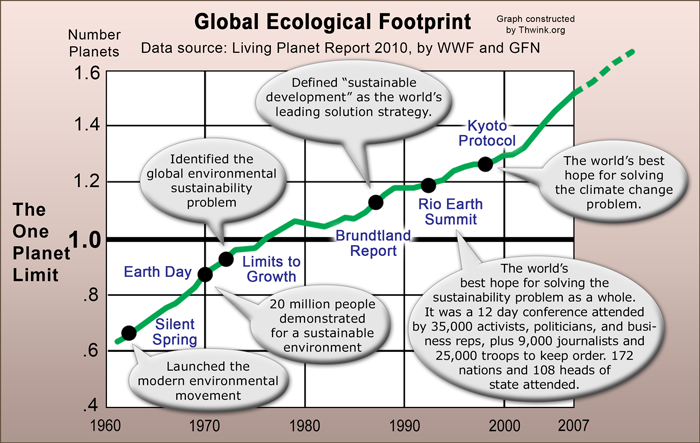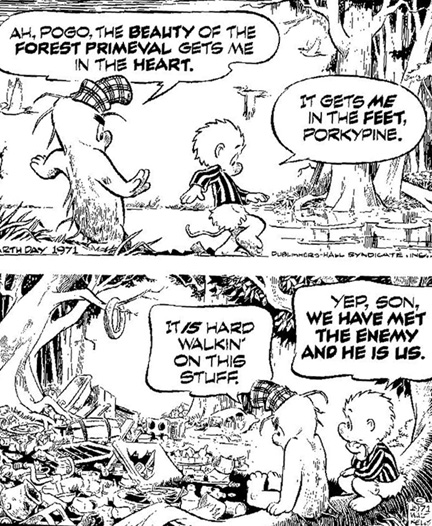A Difficult Social Problem
There is a class of large-scale social problems so difficult they defy all attempts to solve them for a long time. Past members of this class are:
1. The Malthusian Trap problem. This was temporarily solved by the Industrial Revolution. We are now hitting environmental sustainability limits to growth.
2. The autocratic ruler problem, solved by invention of modern democracy. However, the solution is backsliding. See unsolved problem number 9 below.
3. Slavery
4. Civil rights
5. Universal suffrage
The above social problems have been solved, though not perfectly. Present unsolved difficult large-scale social problems include:
1. Environmental sustainability, especially the climate change problem
2. Excessive government corruption
3. War, such as the invasion of Ukraine by Russia
4. Recurring large recessions
5. Large scale crime problems like gangs and drug cartels.
6. Various types of widespread discrimination, like racial, gender, and age.
7. Institutional poverty
8. Failed states. These are nations that have failed to develop and are so poor their citizens suffer greatly. Paul Collier, in The Bottom Billion: Why the Poorest Countries Are Failing and What Can Be Done About It, 2007, identified 58 failed states (page 7), such as North Korea, Haiti, and Ethiopia.
9. The Democratic Backsliding problem. Since if this problem is not solved the global system will be unable to solve the above problems, it's arguably the world's most important social problem. See this Thwink paper on this problem.
 A difficult social problem is one that cannot be solved within a single generation. It's thus beyond a society's capacity to solve it now. Some can be eventually solved, but as the above two lists show, many cannot. They fester on and on, tearing societies apart. One, the environmental sustainability problem, is so difficult and has gone unsolved for so long it threatens to destroy global society permanently by destroying the carrying capacity of Homo sapiens' only biological niche.
A difficult social problem is one that cannot be solved within a single generation. It's thus beyond a society's capacity to solve it now. Some can be eventually solved, but as the above two lists show, many cannot. They fester on and on, tearing societies apart. One, the environmental sustainability problem, is so difficult and has gone unsolved for so long it threatens to destroy global society permanently by destroying the carrying capacity of Homo sapiens' only biological niche.
Thwink.org was founded in 2001. After much research, we have reached the conclusion that only way difficult social problems can be solved is with something like The Right Tools, as explained in the image.
What makes difficult social problems so difficult is the presence of systemic root causes. For social problems, systemic means originating from the structure of the system in such a manner as to affect the behavior of most or all social agents of certain types, as opposed to originating from individual agents. Systemic root causes, because their causal chains run throughout a system, are notoriously hard to see and trace because they're so complex and ingrained into our subconscious assumptions about how things should be.
We see the same system every day. We see the same causal chains every day. Over time we become habituated to acceptance of the way the system works as normal and acceptable. It's the system we live in so it's our frame of reference. We "see" with what we've learned about the system. Thus when we need to see what's wrong with the system, our deeply held paradigm traps us into seeing things only one way: the way we've always seen them, the way the system has trained us to see things. This leads to paradigm change resistance and massive cultural wide blind spots. People simply cannot see any other way of looking at their world and how to solve its problems. This has led to:
Five generations of solutions that all failed
The short history of solutions to the environmental sustainability problem looks like this:
Five Generations of Solutions that All Failed
1. Conservation parks, beginning with Yellowstone National Park in 1872. The idea was that wilderness areas and wildlife were fast disappearing and that the problem could be solved by creation of conservation parks.
2. End-of-pipe regulation, such as pollution limits, fines, and cleanup funding, like Super Fund.
3. Beginning-of-pipe regulation, such as mandated use of best technology. This solution was preferred to end of pipe regulations because it is much cheaper to prevent pollution in the first place than to deal with it later.
4. International treaties, like the Montreal Protocol and the Kyoto Protocol.
5. Economic instruments, like carbon taxes and emission permit trading.
The results of these solution efforts and millions more like them look like this:

This is conclusive proof all five generations of solutions have failed. The footprint marches steadily upward, as unstoppable as a runaway elephant. (For a lively discussion of the intermediate causes of the above five generations of solutions and why they all failed, see this section.)

Above is Walt Kelly's famous "We have met the enemy and he is us" Pogo cartoon for his 1971 Earth Day poster. The cartoon was based on another Earth Day poster from the year before:

It's also proof the strategy behind the five generations of solutions is flawed. Something in the approach to building those solutions is wrong. But environmentalists are unable to self-correct, because they are trapped inside their own paradigm. They cannot see the world, and thus other approaches to solutions, any other way. This compounds the difficulty of the problem all the more.
We live in a world chock full of sophisticated methods to solve problems, as shown by the never ending stream of incredible new products and services churned out by industry and backed by the work of scientists.
Given these factors, we conclude that what makes the sustainability problem difficult is not so much the problem itself, but the way problem solvers have been looking at it. The real enemy is not the problem, but our way of looking at how to solve it. That's the deeper message of Walt Kelly's famous Pogo cartoon: "We have met the enemy and he is us."


























